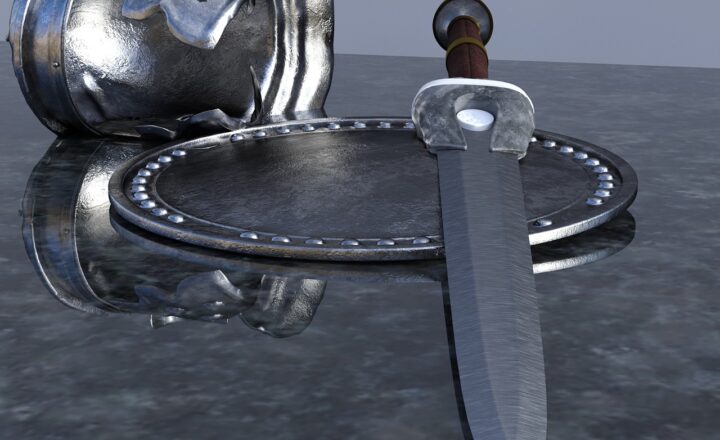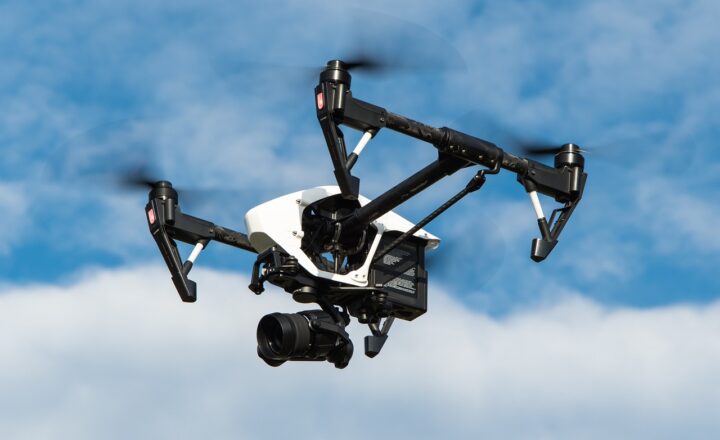
The history of weapons is not merely a chronicle of arms and armor, but rather a reflection of mankind’s evolution, cultural shifts, technological advancements, and moral dilemmas. Weapons play a crucial role in shaping societies, influencing politics, and dictating power dynamics.
1. The Origins of Weapons: Prehistoric Innovations
Weapons date back to the dawn of humanity, where early man relied on crude tools for survival. In the prehistoric era, weapons such as spears, clubs, and arrows were not designed for conflict but for subsistence and hunting. The earliest weapons were crafted from stone, wood, and bone, showcasing the ingenuity of early humans in adapting their environment for survival.
The introduction of metallurgy marked a significant turning point in weapon development. As civilizations grew, so did the complexity and effectiveness of weapons. The transition from stone to bronze and iron tools gave rise to more lethal and efficient armaments.
2. The Rise of Civilizations and Militarization
As societies evolved from hunter-gatherer tribes to complex civilizations, so did the concept of warfare. The rise of city-states brought about organized militaries, leading to the creation of more strategic and advanced weaponry. The Sumerians, Egyptians, and Greeks began to utilize more sophisticated weapons such as chariots and composite bows, which were pivotal in warfare.
The famous phalanx formation of ancient Greece illustrates the impact of weaponry on military tactics. The long spear (sarissa) and shields allowed soldiers to form a solid wall of defense, leading to significant victories in battles like the Battle of Marathon. Each advancement in weaponry tailored strategies significantly.
3. The Age of Empires: Weaponry in the Ancient World
The ancient world witnessed the rise of empires, each with distinctive weapon technologies. The Romans, for instance, perfected the gladius — a short sword that became emblematic of their military success. Roman legions utilized a range of weapons, from siege engines to pilums (javelins), showcasing the diversity in weaponry across different cultures.
The use of crossbows during the Medieval period emphasized the evolution of weapon technology. These siege weapons were effective against armored knights and significantly impacted battle tactics in Europe.
4. The Middle Ages: Advancements in Armament
The Middle Ages were marked by the development of heavy cavalry and armored knights, bringing about a new era in warfare. The sword became a status symbol as much as a weapon, while advancements like the longbow in England expanded the battlefield options dramatically.
The Hundred Years’ War illustrated the pivotal role of the longbow, leading to decisive English victories and influencing military strategy forever.
Additionally, the introduction of gunpowder in the late medieval period marked the beginning of a significant paradigm shift in how wars were fought. Early firearms such as cannons and arquebuses began shaping battlefields, diminishing the supremacy of traditional arms like swords and bows.
5. The Renaissance and the Dawn of Gunpowder Weapons
With the advent of the Renaissance came a renewed interest in science and technology, which influenced weapon design drastically. Firearms became more effective, and the use of artillery transformed military campaigns. The development of weapons such as muskets and pistols allowed for more widespread lethal force.
The emergence of fortified castles led to the need for heavier artillery to breach defenses. The cannons of this era became powerful symbols of military strength, leading to changes in how sieges were waged.
6. The Industrial Revolution: A Technological Leap in Weapons
The Industrial Revolution brought about significant changes to weapon manufacturing and design. Mass production techniques allowed for the quicker assembly of firearms, leading to increased availability and reliability. Rifles, repeating firearms, and eventually, machine guns emerged as formidable weapons on the battlefield.
During the 19th century, the American Civil War exemplified the lethality of modern weaponry, with rifles and artillery causing unprecedented casualties in battles.
7. World Wars and the Era of Total War
The two World Wars reshaped the landscape of warfare, exponentially increasing the scale of conflicts and advancements in weaponry. World War I witnessed the advent of tanks, airplanes, and chemical weapons, while World War II introduced devastating technologies such as the atomic bomb.
The lessons learned during these tumultuous times continue to influence global military strategies today. The impact of weaponry extends beyond the battlefield, shaping politics and diplomacy in the modern age.
8. Contemporary Weapons and Moral Dilemmas
In today’s world, weaponry encompasses everything from advanced firearms to unmanned combat vehicles and cyber warfare. The ethical implications of modern warfare prompt debates about disarmament, the civilian impact of military actions, and the geopolitical dynamics influenced by arms trade.
Counter-terrorism and warfare in urban environments challenge traditional concepts of conflict, requiring the adaptation of strategies and weapon technologies.
9. Conclusion: The Legacy of Weaponry
The history of weapons is a mirror reflecting humanity’s achievements and failures. From simple stone tools to complex systems of warfare, each advance tells a story of innovation, conflict, and the intricate relationship between society and its armaments. Today, as we navigate an increasingly complex world, the lessons from the past on the use of weapons remain crucial for understanding not just history, but the future of global relations.
Understanding these myths surrounding weapons — their evolution, significance, and moral implications — can lead to a more educated discourse about contemporary issues surrounding warfare, security, and peace. Join us in unraveling these narratives that define our collective experience with weapons throughout history.







